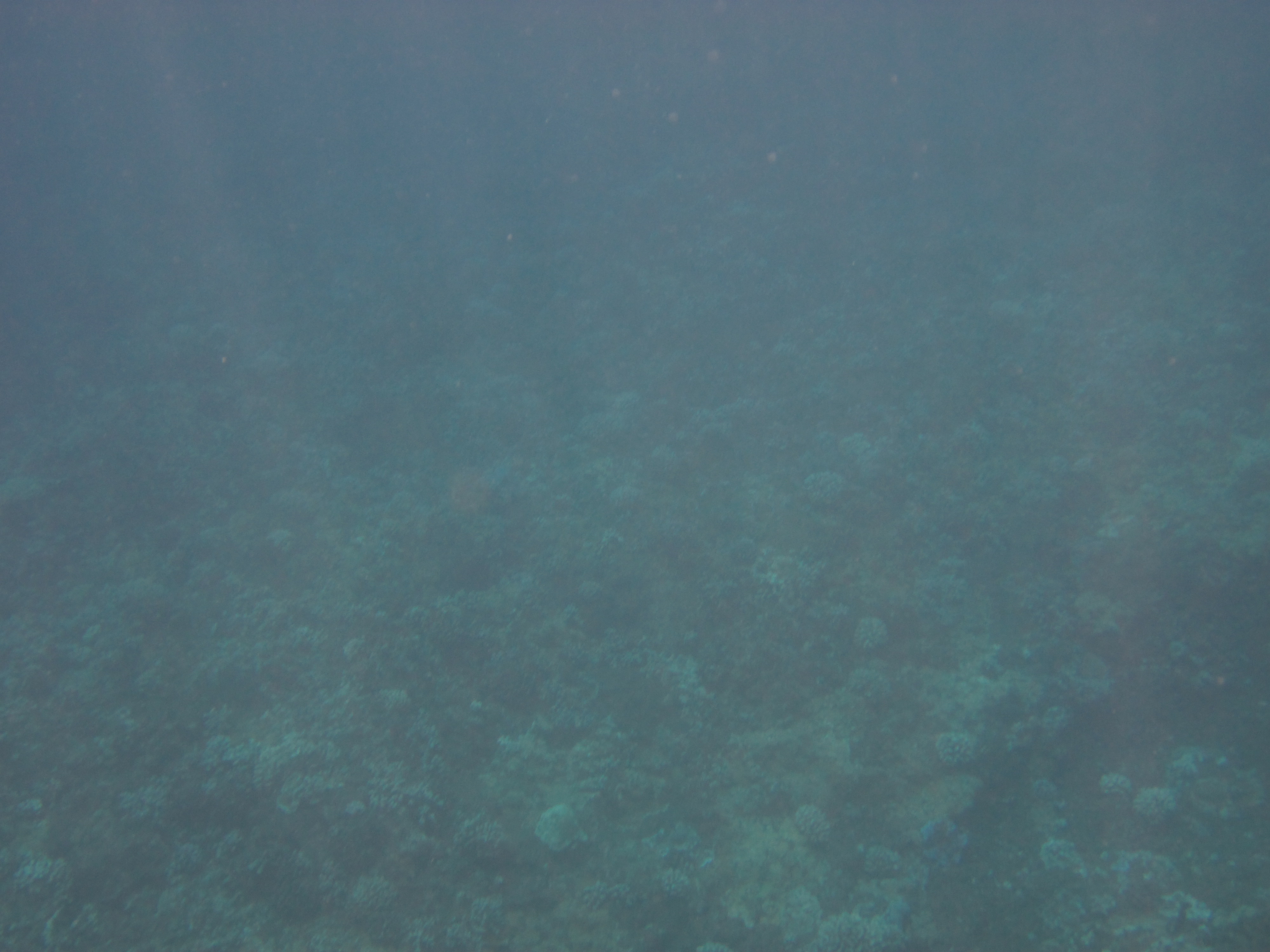
Coral reefs are throbbing centers of life, shot through with riotous color. Innumerable creatures act and react in their sunlit shallows. But why? Why are coral reefs so gloriously, overwhelmingly diverse? What makes reefs the most biodiverse systems on the planet, though they cover less than 1% of its surface?
Today, we know precious little in answer to this question.
Historically, theoretical models of predation and competition were invoked to explain the high diversity of tropical marine systems, but in more recent years the picture has become more complex.

First, a quick definition of terms:
Nekton: Anyone who can swim against a current
Plankton: Anyone who can't
Many reef fish and invertebrates (including corals), hatch from tiny eggs, and exist briefly as planktonic larvae. They float on the surface of the sea in the soup of algae and invertebrates that drifts with the currents across the world's oceans. In this way, reef fish born on one side of the planet may be dispersed to the other, keeping genes mixing over distances that many adult fish couldn't possibly swim.
Thousands upon thousands of larvae are floating in the sea at this very moment. Most of them will die before ever settling on a reef and entering their adult life phase. With such high mortality rates, it seems unlikely that adult fish of any single guild would survive in high enough numbers to compete for the same resources. Hence, in this view, species richness is not dependent on competition, and traditional explanations of high biodiversity are thrown into question.

Dispersal is only one of many major factors that may contribute to reef fish diversity worldwide.
Unpredictable habitat availability has been posited as an alternative explanation for the high diversity of reef communities.
It is necessary to produce many offspring when habitat is limited and its availability is unpredictable, to ensure that at least a few of the large number of larvae attempting to settle will succeed by chance. The relative abundance of any species in a given habitat is therefore a result of chance colonization and extinction, and thus is expected to change over time.
Rather than relying on a single hypothesis to explain the structure of reef fish communities, ecologists and conservationists should look to multiple factors and interactions to explain the staggering diversity observed in these systems. It is important to consider both large- and small-scale processes, because adult reef fishes are generally not highly dispersive, but the pelagic larvae of some species do travel huge distances before settling on distant reefs. Further work is required to determine the subset of processes that determine the biodiversity of specific reefs or geographic areas, but this must occur on a case-by-case basis, implementing understanding of both global, and regional processes.Effective reserve design demands an accurate understanding of major factors contributing to marine biodiversity, making the understanding of reef community assembly a major conservation priority today.


No comments :
Post a Comment